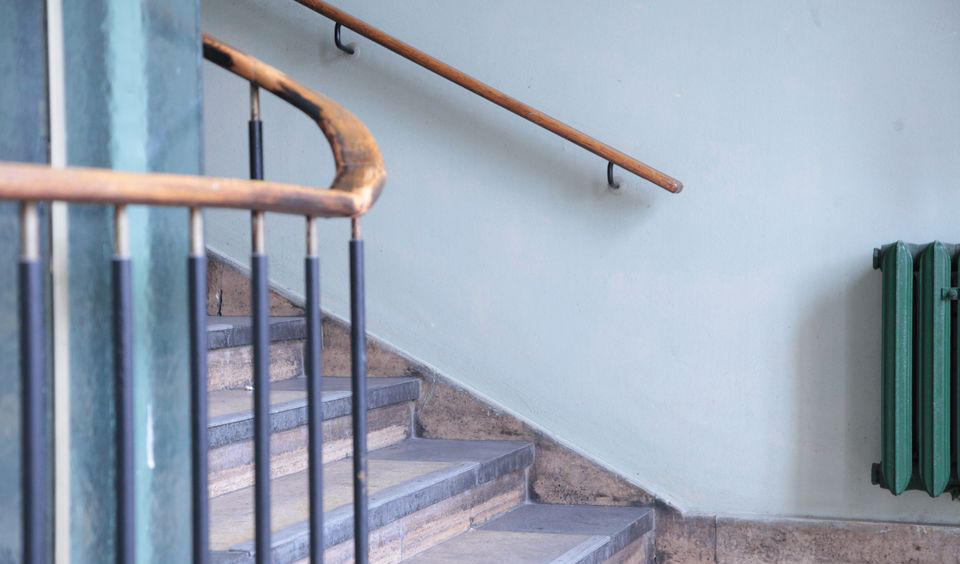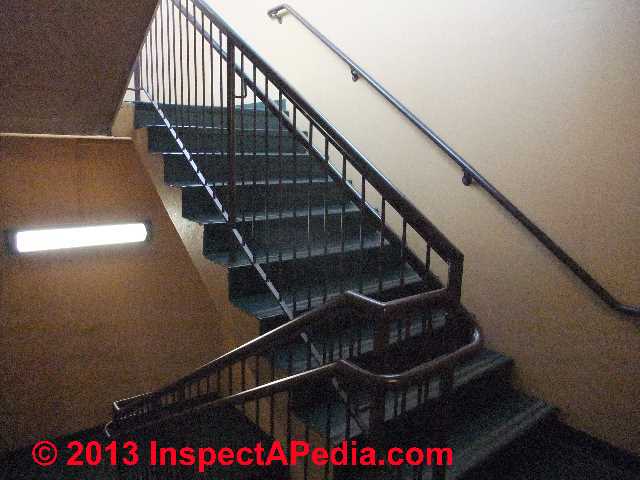


It is measured from the imaginary diagonal slope atop the stair risers or nosings. The minimum headroom as measured from the stairs to the top should be at minimum 6-ft and 8-in. The stairs to the basement had a ceiling protrusion that was probably around 5 feet and I repeatedly hit my head on the top. I recently did a home inspection on an old home with numerous additions. This rule will more likely be an issue on older homes that I inspect, and they are usually grandfathered into existing code due to age. Basically, this rule helps prevent people banging their head when using the stairs. Headroom is the space required from the stairs to the ceiling. If there are handrails on both sides, then the minimum width of the rails should be at least 27-inches below the handrails. The minimum stair width above the handrail and below the ceiling shouldn’t be less than 36 inches.īelow the handrail, the minimum width should be at least 31.5 inches if there is one handrail. Read Also: 7 Things That Fail A Home Inspection Basically, if there are no risers, then a child’s head shouldn’t be able to pass through above than 30″ point from the ground. If the stairs has open risers, then anywhere above 30″ from the floor should not permit a sphere of 4-inch diameter to pass through. There shouldn’t be a height difference of more than 3/8″ between the tallest and shortest riser. Riser height should have a maximum height of 7-3/4 inch height (4-inch minimum). The longest tread versus the shortest tread shouldn’t be more than 3/8-inch.

The treads (horizontal portions) of a stairs should be at minimum 10-inches long. Nevertheless, I have compiled the seven most important stair code requirements with some helpful pictures below: 1.

Staircase code for residential homes can get pretty complex, and there are numerous exceptions within the IRC handbook as well as state code that can take priority.


 0 kommentar(er)
0 kommentar(er)
